-
1980
The original Fishery Conservation and Management Act is renamed the Magnuson Fishery Conservation and Management Act in honor of Washington state Senator Warren Magnuson.
-
1980
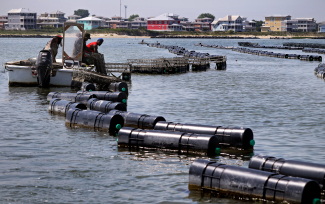
The National Aquaculture Act of 1980 establishes aquaculture as a national policy priority for the United States and creates the Interagency Working Group on Aquaculture.
-
1980
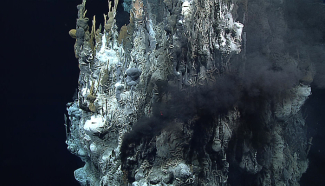
NOAA establishes the National Undersea Research Program. During the 1980s, the discovery of vents and seeps surrounded by mineral deposits and exotic life that exist without sunlight revolutionizes modern scientific theory about the origin and sustenance of life on Earth.
-
1980
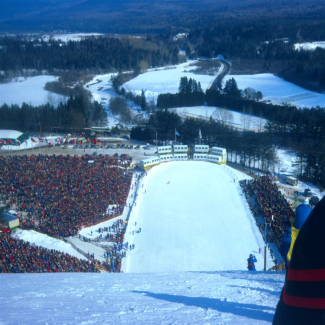
The National Weather Service provides special forecasts for the 1980 Winter Olympics in Lake Placid, NY.
-
1981
Lacey Act Amendments make it illegal to trade in fish, wildlife, or plants taken in violation of any U.S. or tribal law, treaty, or regulation.
-
1982
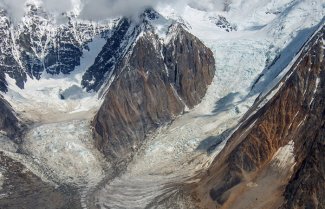
National Snow and Ice Data Center established in Boulder, CO .
-
1983
Formal procurement for NEXRAD, next generation radar, begins for Weather Service.
-
1983
President Reagan designates the fishery conservation zone as the U.S. Exclusive Economic Zone.
-
1984
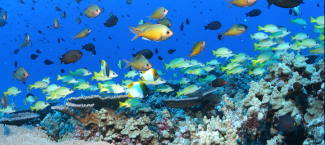
Honolulu Laboratory, Southwest Fisheries Science Center, develops marine ecosystem model, ECOPATH, to describe the ecosystem and energy budget for a coral reef ecosystem in the Northwestern Hawaiian Islands, used by ecosystem modelers throughout the marine community.
-
1984

Tropical Ocean-Global Atmosphere program begins in response to the 1982 El Nino. Moored buoy arrays with ocean temperature sensors monitor changes in temperature of the tropical Pacific Ocean.
-
1984
Researchers at National Geodetic Survey expand Global Positioning System for surveying and kinematic positioning, revolutionizing surveying and the national transportation infrastructure.
-
1985
National Acid Precipitation Research Office established to coordinate the study of acid rain.
-
1986
NOAA begins placing fisheries observers (professionally trained biological scientists with a bachelor’s degree in natural sciences and rigorous training) on domestic fishing vessels. Today, the program supports nearly 900 observers and at-sea monitors.
-
1986
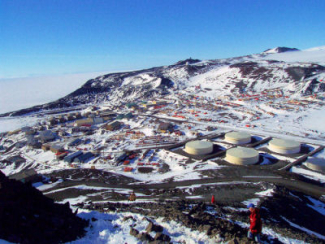
NOAA's Aeronomy Laboratory begins investigation of the Antarctic ozone hole at McMurdo Base, Antarctica.
-
1986
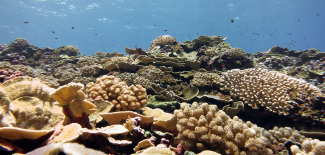
NOAA designates Fagatele Bay National Marine Sanctuary off the coast of American Samoa. The seventh of the national marine sanctuaries, it is the first outside the mainland United States.
-
1987
NOAA GOES-7 satellite is launched.
-
1989
An eight-year national plan for the Modernization and Associated Restructuring of the National Weather Service is announced. The massive $4.5 billion overhaul of the agency will last a decade and change the way the agency operates, resulting in improved capabilities to protect lives and livelihoods. To modernize its operations, the NWS develops and implements five major technologies (ASOS, NEXRAD, satellites, supercomputers, and AWIPS).
-
1989
Climate and Global Change Program Office established to conduct research on global climate change phenomena; becomes the Office of Global Programs to provide scientific research on climate variability, predictions, and assessments.
-
1989
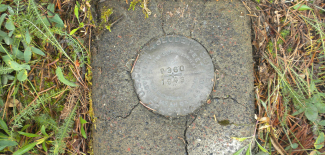
North American Datum of 1983 (NAD83) approved for federal surveying and mapping activities; first official horizontal reference point.
An official website of the United States government
Official websites use .gov
A .gov
website belongs to an official government organization in the United States.
Secure .gov websites use HTTPS
A lock (
) or https:// means you’ve safely connected to the .gov website. Share sensitive information only on official, secure websites..
- NOAA Heritage home
- Exhibits
- Our history
- NOAA timeline
- NOAA Photo Library

